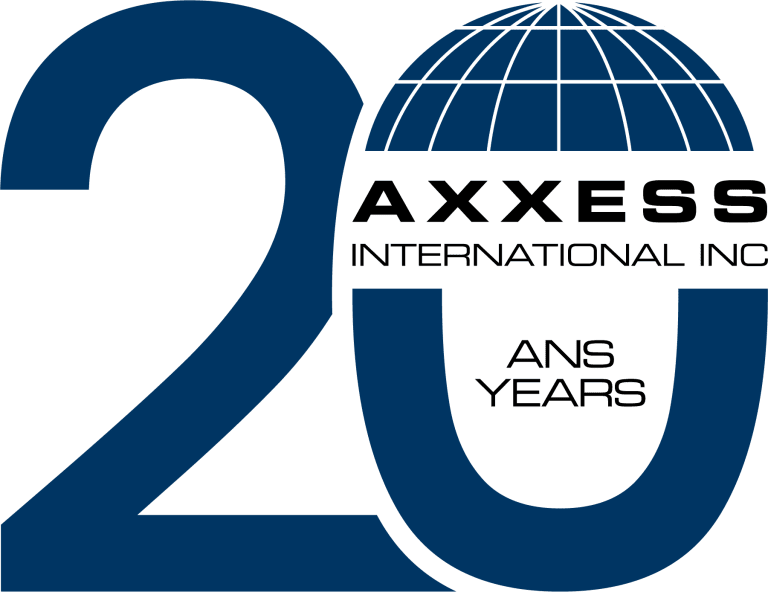October 28, 2025
Port of Vancouver optimizes near-time arrival procedure for vessels
In collaboration with industry, the Vancouver Fraser Port Authority has developed a formal process to enable cargo ships to arrive at the Port of Vancouver "just-in-time".
This marks an important milestone in the port authority's broader strategy to enhance the efficiency and predictability of vessel movements at the Port of Vancouver.
By formalizing near-time arrival, the port authority is expanding its suite of vessel traffic optimization tools and procedures supporting more efficient port calls.
As this practice becomes more widely adopted by ship operators calling Vancouver, it will help improve vessel turnaround times both in port and at anchor, ultimately strengthening the resilience and fluidity of the maritime supply chain.
Keeping ships and cargo moving efficiently to and from Port of Vancouver terminals is a multi-faceted and highly coordinated effort. It involves active vessel traffic management through the careful planning and scheduling of ship movements within the port; the strategic use of trade-enabling anchorages; and strong collaboration among supply chain partners-from ship to terminal operators and port service providers. More recently, it also includes leveraging near-time arrivals, with the port authority rolling out a process to facilitate this voyage optimization practice for ships calling Vancouver.
Near-time arrival has been informally adopted by many ship operators calling Vancouver, especially in recent years. It has helped alleviate congestion in the port and the anchorage areas during times of supply chain disruption, such as those caused by extreme weather events and service interruptions that have pressured port's supply chains over the past few years.
For shippers and ship operators, near-time arrival supports more cost-efficient and sustainable voyages. By optimizing vessels' cruising speeds-primarily by slowing down-voyage costs can be reduced. Arriving at the port "just-in-time" leads to fuel savings and faster turnarounds, resulting in both cost and time efficiencies as well as lower environmental impacts, such as reduced air emissions intensity.
Source: Vancouver Fraser Port Authority




